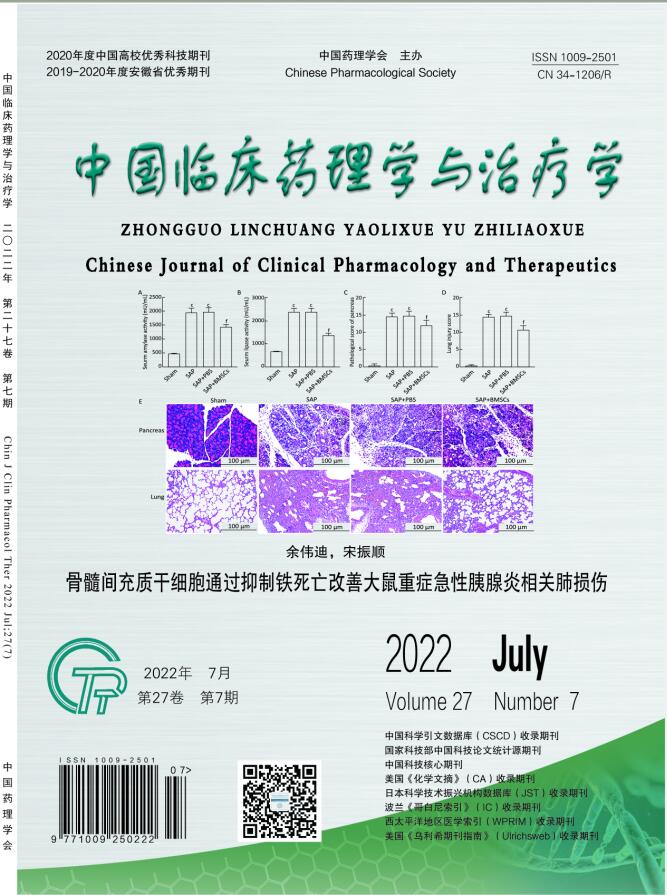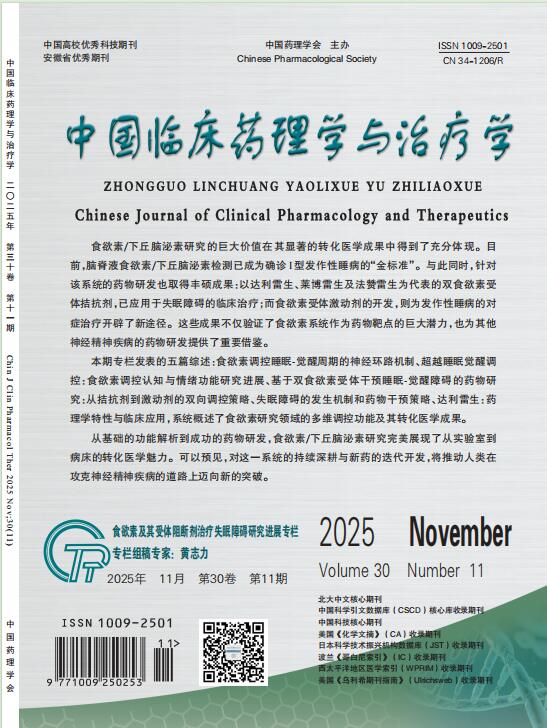Bone marrow-derived mesenchymal stem cells ameliorate severe acute pancreatitis-induced lung injury in rats via suppression of ferroptosis
YU Weidi, SONG Zhenshun
2022, 27(7):
721-728.
doi:10.12092/j.issn.1009-2501.2022.07.001
 Asbtract
(
486 )
Asbtract
(
486 )
 PDF (4770KB)
(
506
)
Related Articles |
Metrics
PDF (4770KB)
(
506
)
Related Articles |
Metrics
AIM: To evaluate the effect of bone marrow-derived mesenchymal stem cells (BMSCs) on ferroptosis in lung injury caused by severe acute pancreatitis (SAP). METHODS: BMSCs were obtained from male SD rats (3 weeks of age). 30 male SD rats (6 weeks of age) were randomly divided into 5 groups: Sham group, SAP group, SAP+PBS group, SAP+BMSCs group, and SAP+BMSCs+ML385 group, with 6 rats in each group. SAP model induced by sodium taurocholate (NaT) was established. Rats in the SAP+MSCs+ML385 group were intraperitoneally injected with ML385 (5 mg/kg) 2h before SAP induction. For PBS control and BMSCs treatment groups, PBS and BMSCs were respectively injected into rats via the tail vein 6 h after creation of the SAP model. All rats were sacrificed 3 days after SAP induction, and pancreas and lung tissue and serum samples were collected. Pancreatic and pulmonary injury was assessed using H&E staining. Serum levels of amylase and lipase and inflammatory factors, as well as tissue levels of iron, malondialdehyde (MDA), glutathione (GSH) were evaluated. The expressions of ferroptosis-associated proteins, including iron responsive element binding protein 2 (IREB2), ferritin heavy chain 1 (FTH1), acyl-CoA synthetase long-chain family member 4 (ACSL4), glutathione peroxidase 4 (GPX4), and solute carrier family 7 member 11 (SLC7A11), as well as the expressions of PI3K/AKT/Nrf2 pathway-related proteins were assessed. RESULTS: The serum levels of amylase, lipase and proinflammatory factors, as well as pathological scores were significantly increased after SAP induction (P<0.05). Changes above were effectively alleviated by BMSCs (P<0.05). Compared with SAP group, the iron and MDA contents were decreased, the GSH activity was increased, the expression of IREB2 and ACSL4 were downregulated and the expression of FTH1, GPX4 and SLC7A11 were upregulated in SAP+BMSCs group (P<0.05). Injection of ML385 partially offset the anti-lipid peroxidation effect of BMSCs (P<0.05). In addition, BMSCs upregulated the total protein levels of PI3K and p-AKT, and the nuclear protein level of Nrf2 in lung tissue (P<0.05). CONCLUSION: BMSCs can effectively reduce systemic inflammatory response and local tissue injury in SAP; BMSCs can inhibit iron deposition and lipid peroxidation in SAP-induced lung injury, and the anti-lipid peroxidation effect may be achieved via activating the PI3K/AKT/Nrf2 signaling pathway.


